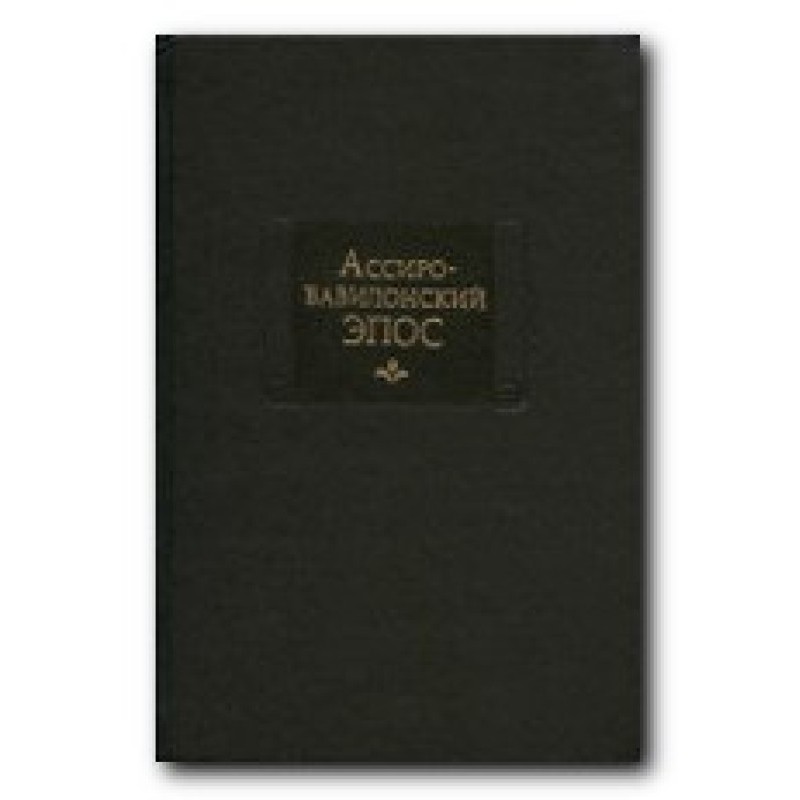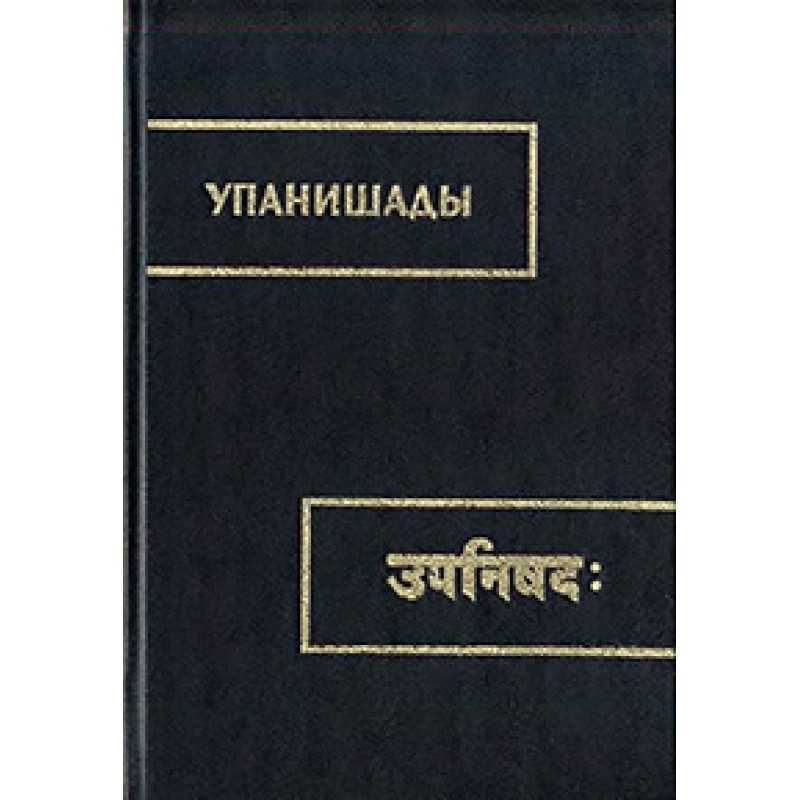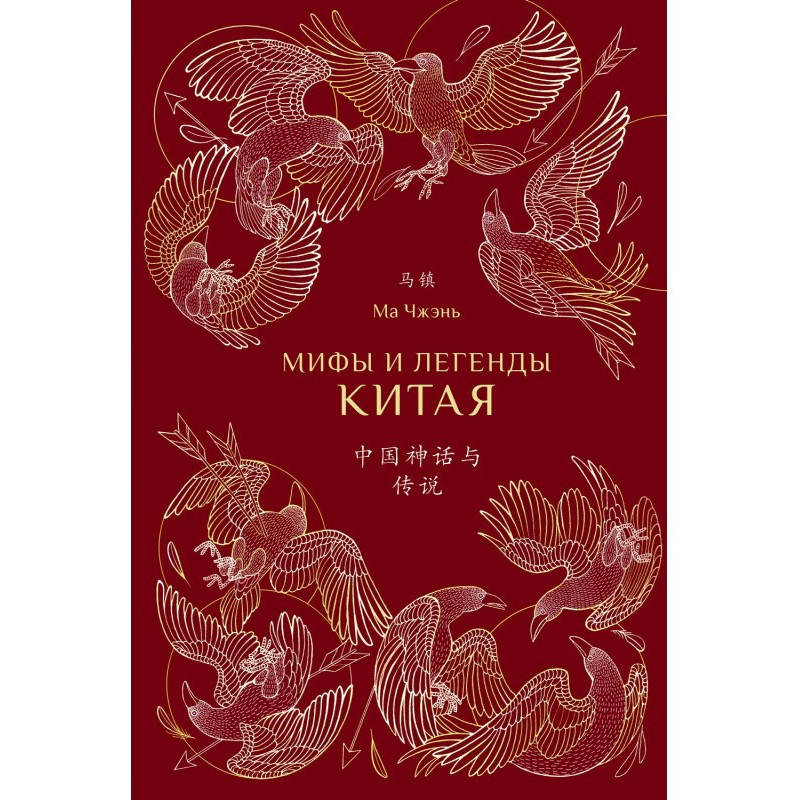Kojiki
 Instant download
Instant download
after payment (24/7)
 Wide range of formats
Wide range of formats
(for all gadgets)
 Full book
Full book
(including for Apple and Android)
Kojiki or Furukotofumi (Japanese 古事記 (こじき、ふることふみ), “Records of ancient deeds”) is the largest monument of ancient Japanese literature, one of the first written monuments, the main sacred book of the Shinto tripartite, which includes, in addition to the Kojiki » “Nihongi” (“Annals of Japan”) and “Kujiki” (“Records of Past Affairs”), which burned during a fire in 645. It is difficult to unambiguously determine the genre of this work, which is an example of the syncretism of ancient literature. This is a collection of myths and legends, a collection of ancient songs, and a historical chronicle. According to the preface, the Japanese storyteller Hieda no Are interpreted and the courtier O no Yasumaro wrote down the mythological and heroic epic of his people, permeating it with the idea of the continuity and divine origin of the imperial family. Work on the Kojiki was completed in 712, during the reign of Empress Genmei. The author's list of the Kojiki has not survived to this day. The oldest and most complete version of the fully preserved lists of all the Kojiki scrolls is the so-called “Book of Shimpukuji,” which received its name in honor of the Shimpukuji Temple in Nagoya, where it is kept. The creation of this version by the monk Kenyu dates back to 1371–1372.
Data sheet
- Name of the Author
- Автор Неизвестен Древневосточная литература --
- Language
- Ukrainian
- Translator
- Евгения Михайловна Пинус



























